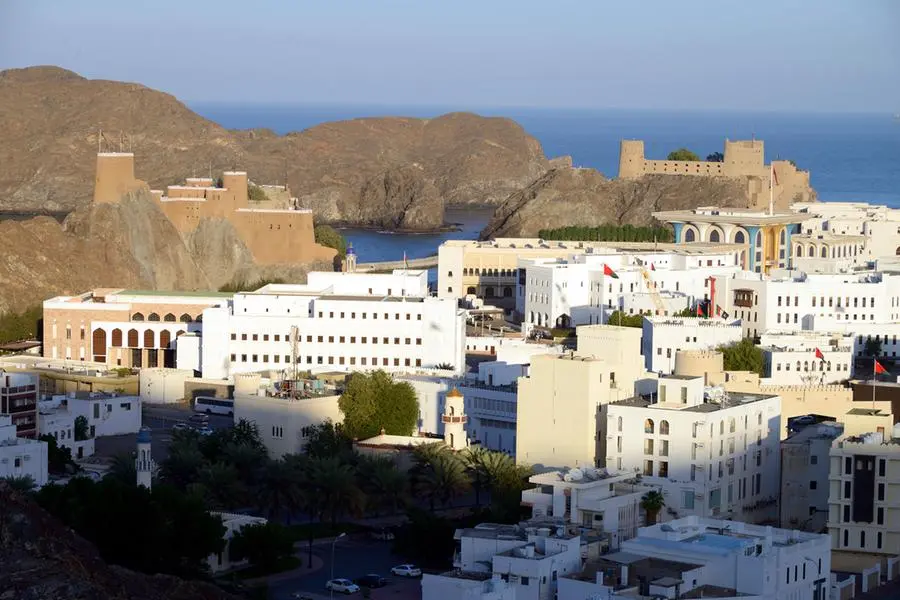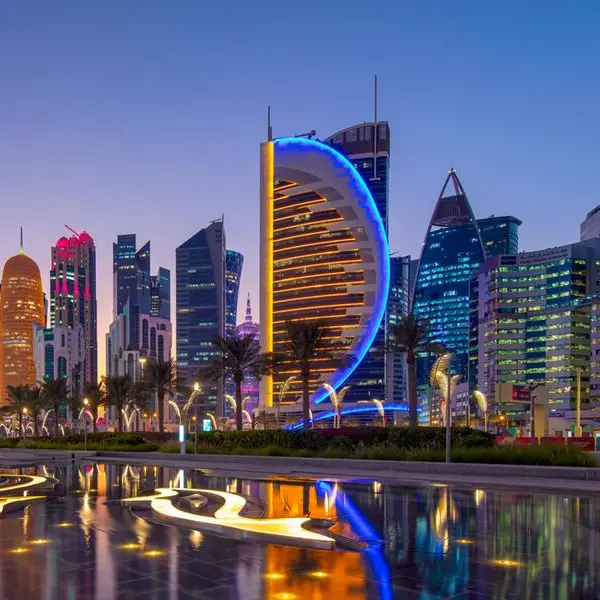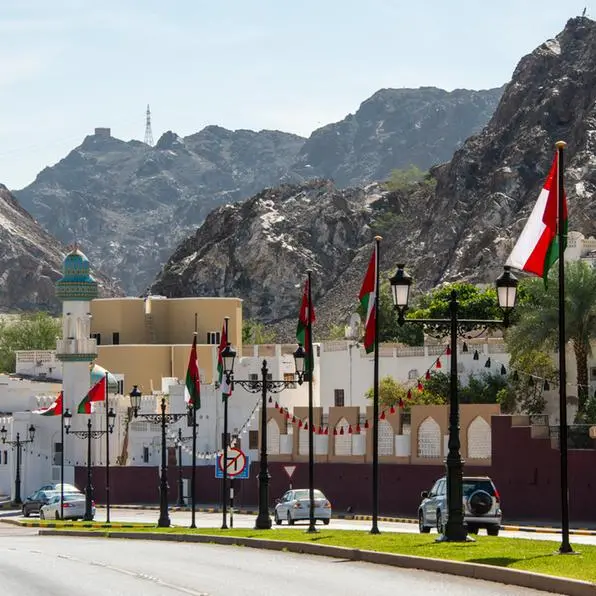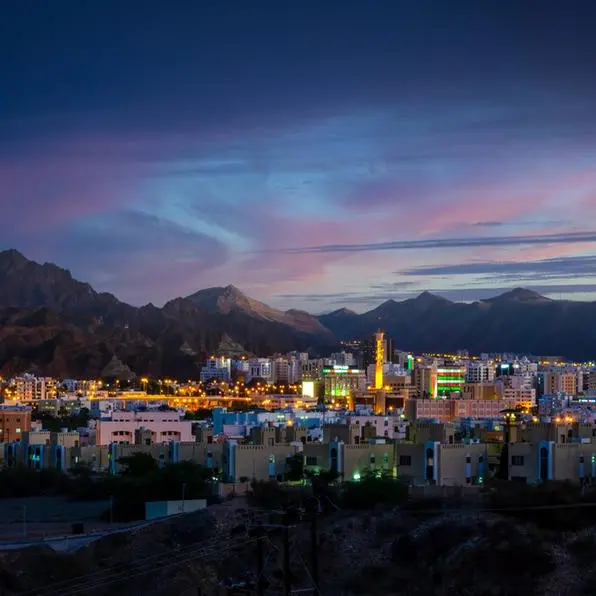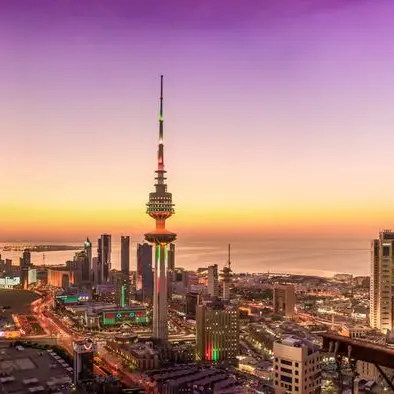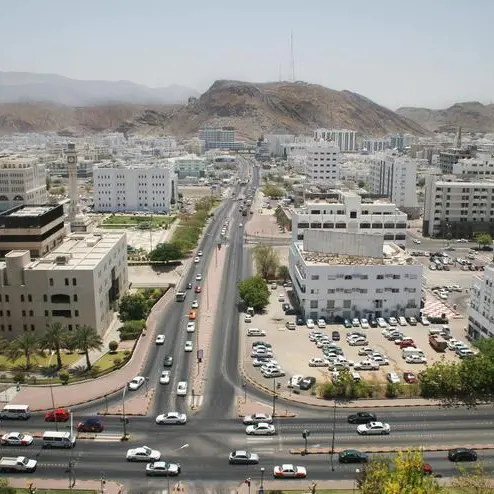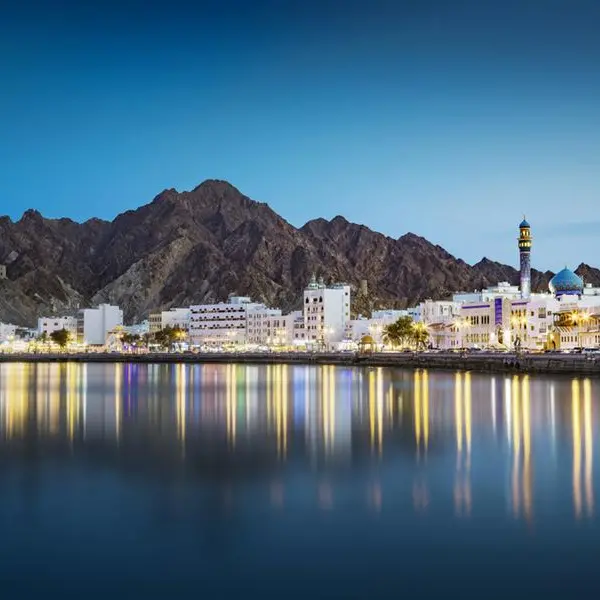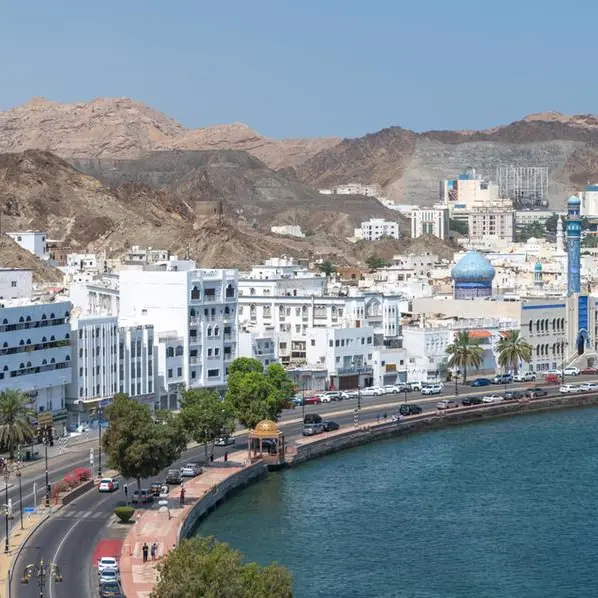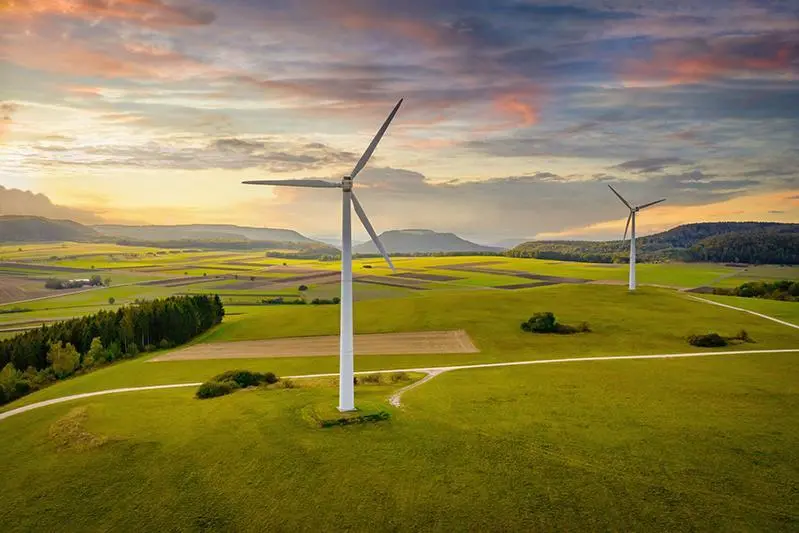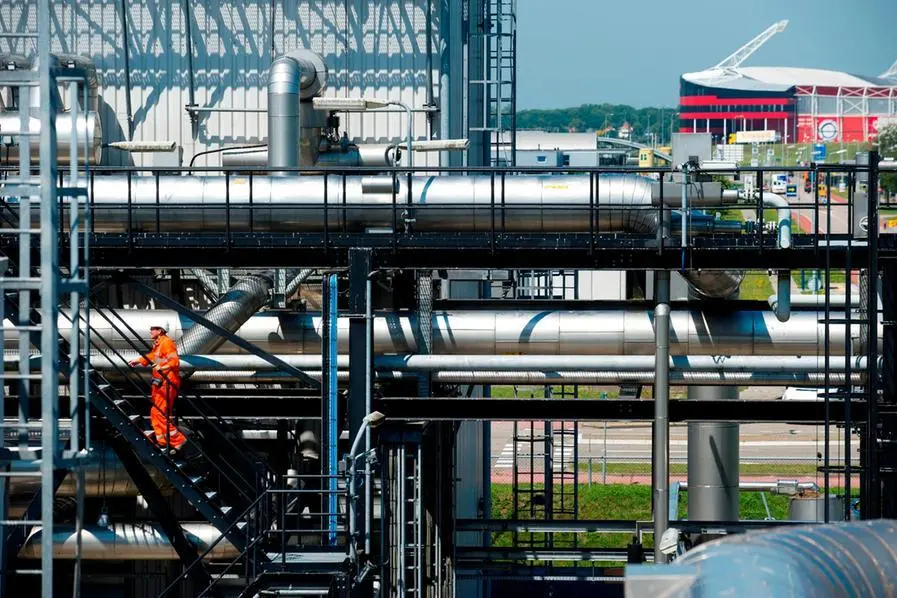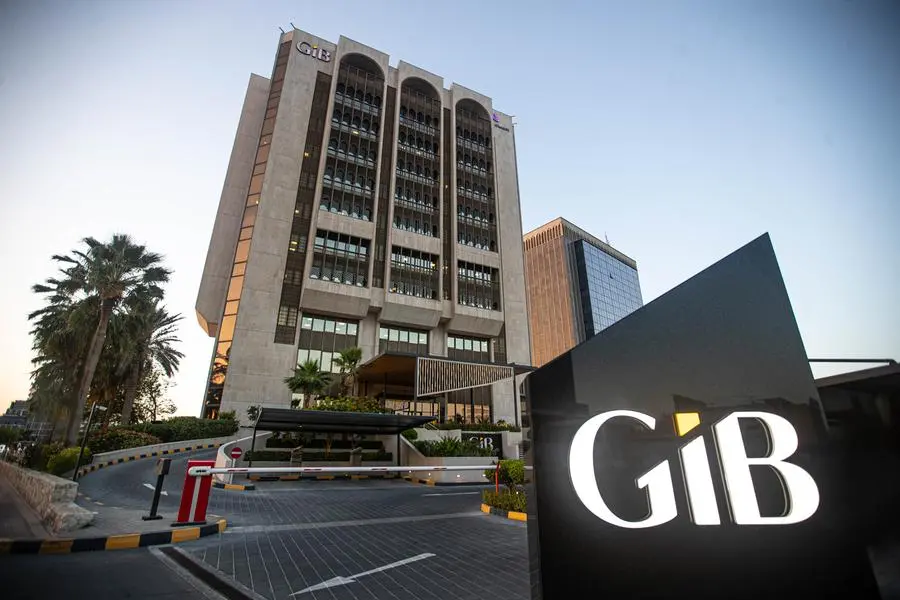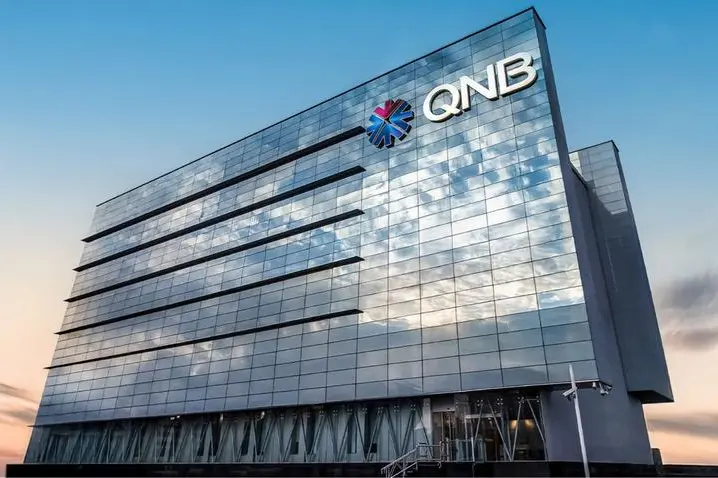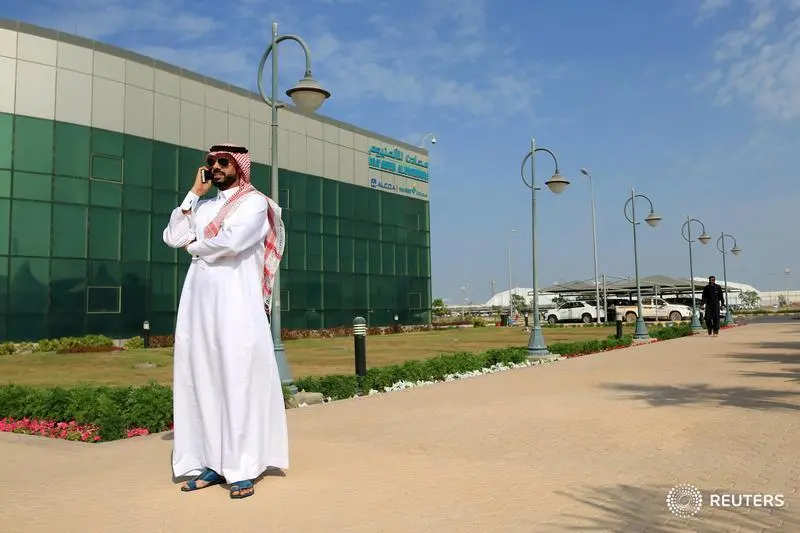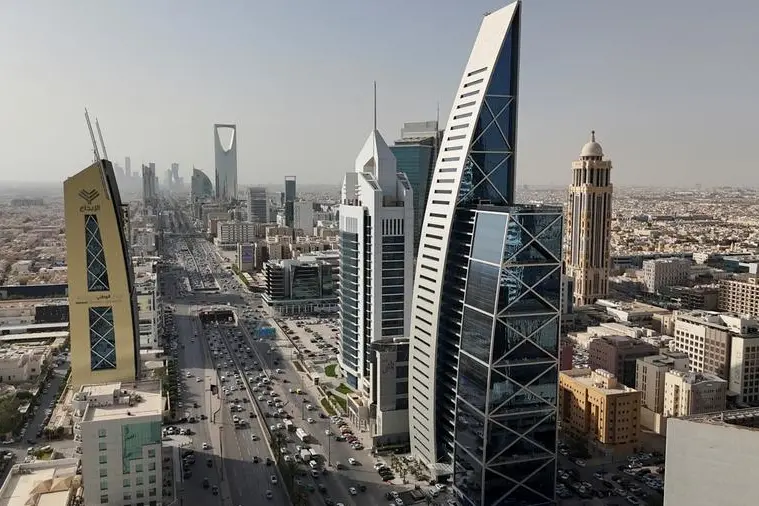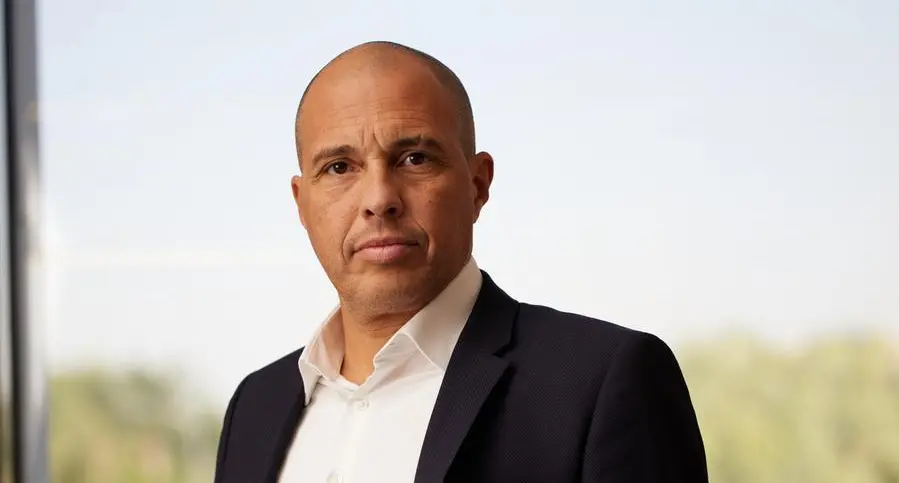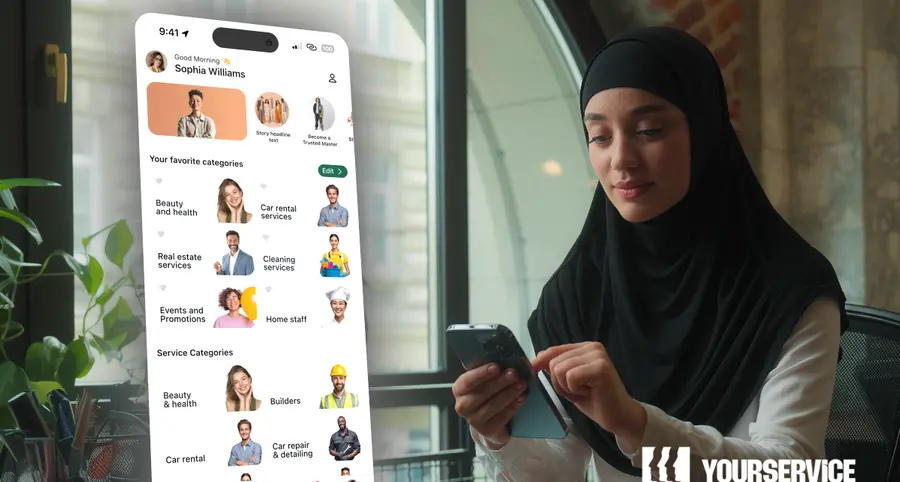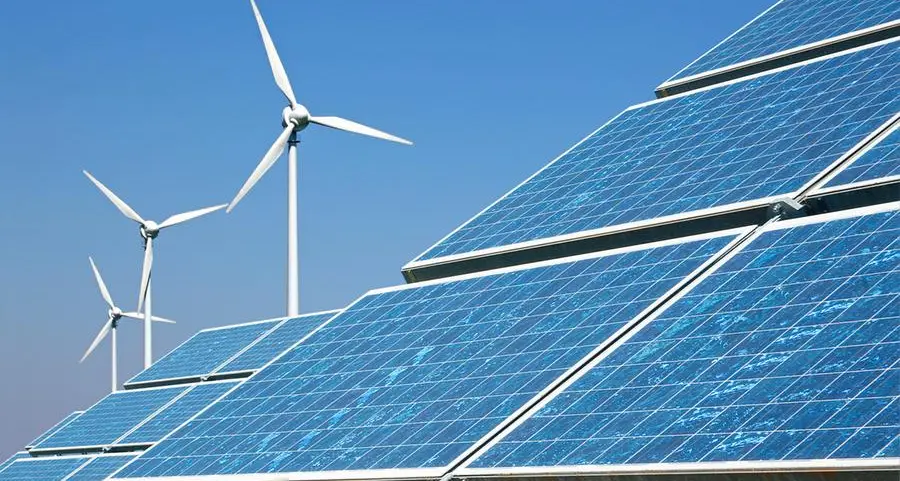PHOTO
MUSCAT- With two more LNG projects currently under development and construction, the Sultanate is seeking to leverage this significant expansion of its LNG industry to build a new brand around the global sales of LNG from Oman.
Stylised as ‘LNG from Oman’, this brand will encompass exports from Oman LNG’s three-train complex at Qalhat, future production from the under-construction Marsa LNG bunkering project at Sohar Port, and the proposed fourth LNG train project, dubbed ‘Sur LNG’, which is currently under deliberation.
According to Hamed al Naamany, CEO of Oman LNG, the branding initiative aims to capitalise on the strong foundations of trust, reliability, and flexibility that have characterised Oman’s LNG exports over the past two decades.
“We’re delivering ‘LNG from Oman’ because that is the brand the global market recognises and trusts,” Al Naamany said. “This includes Sur LNG, our planned fourth train, and Marsa LNG in Sohar, a dedicated bunkering facility being built in partnership with TotalEnergies and our sister company OQ. Oman’s market positioning is not about who operates the plant but the reliability and flexibility of the product from the country,” he added in an interview with The Energy Year (formerly The Oil & Gas Year).
Elaborating on this point, Al Naamany described LNG from Oman as a brand offering a “differentiated value proposition.” He explained: “We work closely with different types of buyers – whether in Europe, Asia, or among portfolio players – to tailor commercial flexibility to their needs and ours. We are known as one of the most agile producers globally. We listen to our customers while meeting the expectations of our government. That dual responsiveness resulted in the successful signing of long-term agreements in record time.”
Majority government-owned Oman LNG will play a pivotal role in this new brand positioning, the CEO noted. To this end, the company plans to build on its recent debottlenecking efforts, which enabled it to produce a record 12 million tonnes of LNG in 2024, surpassing its nameplate capacity of 11.4 million tonnes.
This additional capacity, he added, has enhanced the company’s ability to respond to spot-market demand and seasonal fluctuations. He further noted that nearly 85% of Oman LNG’s volumes are now secured through term contracts ranging from three to ten years, offering a balance of stability and flexibility.
Marsa LNG, meanwhile, will serve as a “differentiator,” said Al Naamany. “Marsa is the world’s first purpose-built LNG bunkering facility. The location is fantastic, and we’re all for it. Global shipping is shifting to LNG-fuelled vessels, and Oman sits on a key trade route. The government’s decision to develop Marsa sends a powerful message: Oman will participate in every LNG market segment – power, transport, bunkering – as part of its growth and diversification agenda.”
Also integral to the new branding is the Sur LNG project – a fourth train with a planned capacity of 3.8 million tonnes per annum, slated for launch by 2029, subject to a Final Investment Decision (FID).
“Sur LNG aims to be ready this year with a full proposal,” said Al Naamany. “The final decision will rest with the government and the partners. The market clearly wants the product, and with a compelling value proposition, we could see delivery in less than four years from approval.”
Feedstock for Oman LNG, Qalhat LNG and the proposed Sur LNG project is expected to come from a variety of sources, Al Naamany noted.
“We’ve always been flexible. When Khazzan came on line in 2018, we adapted. Our facilities at Oman LNG, Qalhat LNG, and Sur LNG are designed to process various gas compositions. We don’t rely on specific fields; we adjust to what the government assigns. Our competitive edge lies in modifying plants cost-effectively while maintaining output.”
Another pillar of Oman LNG’s competitive edge in the global market is its “commercial agility”, he said, adding that the use of advanced optimisation tools – such as swapping, diverting, and re-trading – has contributed significantly to this strength.
“That’s why energy traders and large portfolio players are partnering with us. We now have 14 Sales and Purchase Agreements (SPAs) with companies such as Botas, Shell, BP, TotalEnergies, Jera, Mitsui, Vitol, Mercuria, Kansai Electric Power, PTT, SEFE, OQT, and Sinopec, delivering volumes from 2025 to 2034. And there’s more to come,” Al Naamany concluded.
2022 © All right reserved for Oman Establishment for Press, Publication and Advertising (OEPPA) Provided by SyndiGate Media Inc. (Syndigate.info).
